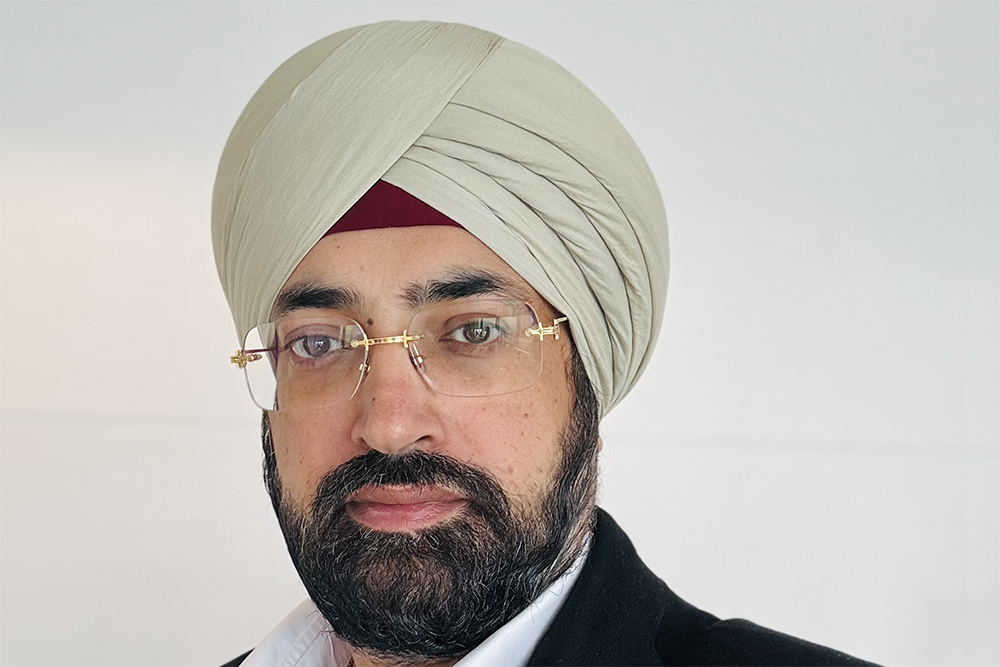Digital crime is escalating alongside the growth of the digital economy.
Millions of attack opportunities are being created by the exponential growth in online and mobile interactions. Numerous result in data breaches that put both people and organisations in danger.
By 2025, the yearly cost of harm from cyberattacks, at the present rate of growth, will be nearly $10.5 trillion, a 300 percent increase from 2015.
 To use a broader perspective on the evolving trends in cybersecurity and the ways in which firms can strategise to protect from future data breaches, Pradeep Sekar, Managing Director, Optiv, divulges the current trends in cybersecurity and the burgeoning need to secure data across industries.
To use a broader perspective on the evolving trends in cybersecurity and the ways in which firms can strategise to protect from future data breaches, Pradeep Sekar, Managing Director, Optiv, divulges the current trends in cybersecurity and the burgeoning need to secure data across industries.
In terms of cyber-attacks where do you see your company getting opportunities?
The sophistication and audacity of threat actors are rising. As the business develops toward digitalization, ransomware appears to be one of the primary themes.
Although it seems like there are more cyberattacks every day, shockingly few skilled individuals are mentioned; according to roughly 60% of organisations, there are open positions in the field of cyber security.
In terms of assisting them in being prepared and robust, I think cyber businesses can play a significant role in this area.
Which sectors, in particular, do you think are keener to protect themselves from the attacks?
We are seeing attacks everywhere in large organisations, threat actors go against anything relentlessly but more towards the monetisation-related industries.
I wouldn’t single out one industry over another, but I would say that finance and healthcare are primarily the sectors that are better equipped since they are subject to strict laws and have higher budgets in terms of cybersecurity.
What is your take on the proposed digital personal data protection bill as it seems to have an impact on data center cells and investments made by companies?
We have been anticipating this since, despite the fact that the US and Europe are both falling behind, there is talk of a federal privacy protection law, and California’s consumer protection law is largely based on GDPA.
Now, organisations and nations all over the world are waking up to the need to protect the privacy of their citizens’ data and put in place privacy rules.
Although some things have changed, there are still some issues.
What challenges do you see fore coming in 2023, what can be expected from Optiv?
Being a trusted partner when you embrace new technologies is one of the primary ways that Optiv will assist your organisation in providing complete end-to-end cyber security.
We emphasise cyber risk-taking and provide enterprise modernization and data-driven security, utilising technologies like AI or similar applications and the risks involved.
Clients with whom we are currently working, for instance, might be interested in learning about how the metaverse can benefit their industry.
Could you narrow down on new terminologies or give us a greater perspective on zero trust?
One of the most commonly used term is zero trust. It is not a solution but a concept, essentially, it means to trust no one, but always verify. A unique identity is going to be key in terms of access and proving their identity. Start-ups will have the flexibility and be relatively easier compared to an established company.
What are the security threats you believe will come in 2023 and how does a business really mitigate them?
Due to the use of hybrid working models by organisations in 2022, we anticipated an increase in phishing and social engineering. Ransomware may be making headlines in 2023, and our advice on how to prevent it is to practise good cyber hygiene and teach staff.
With 5000+ clients and potential future trends in mind, we are putting the finishing touches on a cyber governance report.


